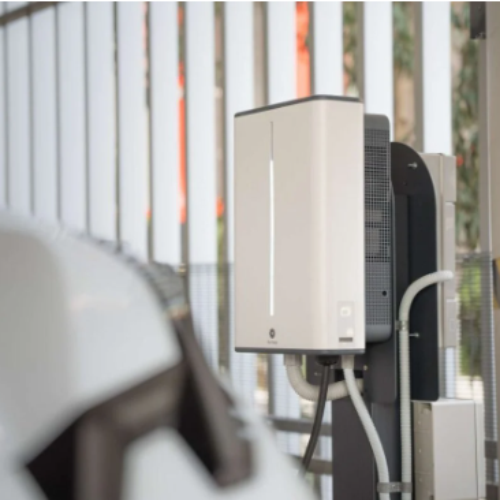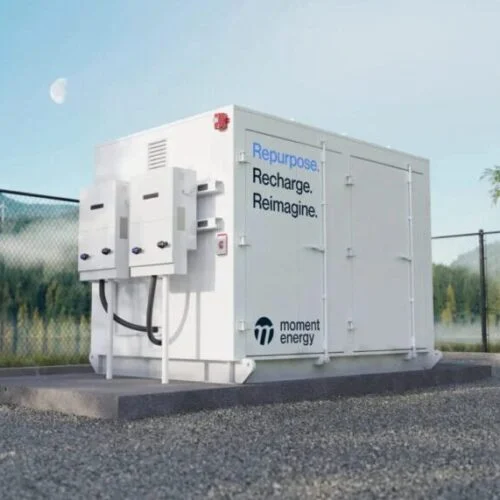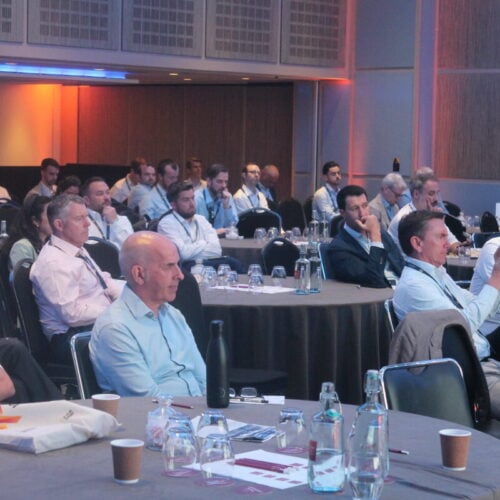The 100MW Minety energy storage project was first announced in February, and subsequently the site’s developer Penso Power stated that it will be expanded by a further 50MW.
This makes the site, located in Wiltshire one of the most significant in the UK, as the scale of storage continues to grow. Penso Power has signed an agreement with Shell subsidiary Limejump to optimise the site, using it for frequency response in this constrained area of the grid.
Current± spoke to Richard Thwaites CEO of Penso Power about the advantages of scale in energy storage, how battery storage is changing and what we can expect from the company next.
Why set your sights on such a huge project?
So our model focuses on scale, and I think there’s a definite benefit of scale in this market. That is in terms of cost, in terms of procurement cost, connection cost or other costs to deploy.
That means that our cost per megawatt to deploy is substantially lower than others in the market. It also opens up a broader range of revenue opportunities, like the Shell contract for example.
On that basis, we can achieve much better returns on large projects than we would be able to on smaller sites.
It also means that it’s easier to get the attention of a partner for potential revenue arrangements when you’re doing things at scale.
You’re going to further expand the site, what led to this decision?
Because there is the opportunity to do so, essentially. We’ve spent an awful lot of time over the past couple of years looking for the opportunities to deploy large sites in the UK.
It ultimately comes down to the capacity available at a substation. Given there was the opportunity to take an additional 50MW at Minety, it definitely made sense to do so.
What exactly will the power from the Minety site be used for?
Well, Shell will control the use of the battery and it will be dispatched by Limejump, now a Shell subsidiary. They will be trading the capacity into intraday, day ahead and balancing mechanism markets. And on that basis, the project company receives a fixed fee.
But also there is some potential upside from, for instance, ancillary services and other things. So, the reason that this works for us is it takes what would otherwise be a risky merchant revenue flow and de-risks it to match the risk appetite of our investors.
Do you think the approach to battery storage in the UK is changing?
Possibly, I think what’s happened is that the market has evolved. So a few years ago, the revenue model was based on frequency response, on the Capacity Market contracts before de-rating came in, and better triad revenue.
Because of the changes in the markets, like the fact that frequency response is a pretty shallow product, that revenue stack has had to evolve.
So I guess we’re in the second wave now of battery storage deployment.
Do you have any predictions for what the next wave will be?
I think some of the expected changes – in terms of regulation and planning etc – will be helpful for doing more sites at scale. But ultimately, it comes down to the revenue opportunity available.
We need to achieve returns that match investors’ expectations and a risk profile that matches their risk appetite.
Are there any limitations to the rollout of bigger projects and what else do you have in the pipeline?
If we’re doing projects of this size, there are only going to be a limited number of sites where that much capacity is available. But we do have a pipeline of other sites of similar size.
We have another 100MW site, also in the south of the UK. That should be investment ready in about three months’ time.
Beyond that, we have another 100MW site at an earlier stage. And we want to replicate that model a number of times.





